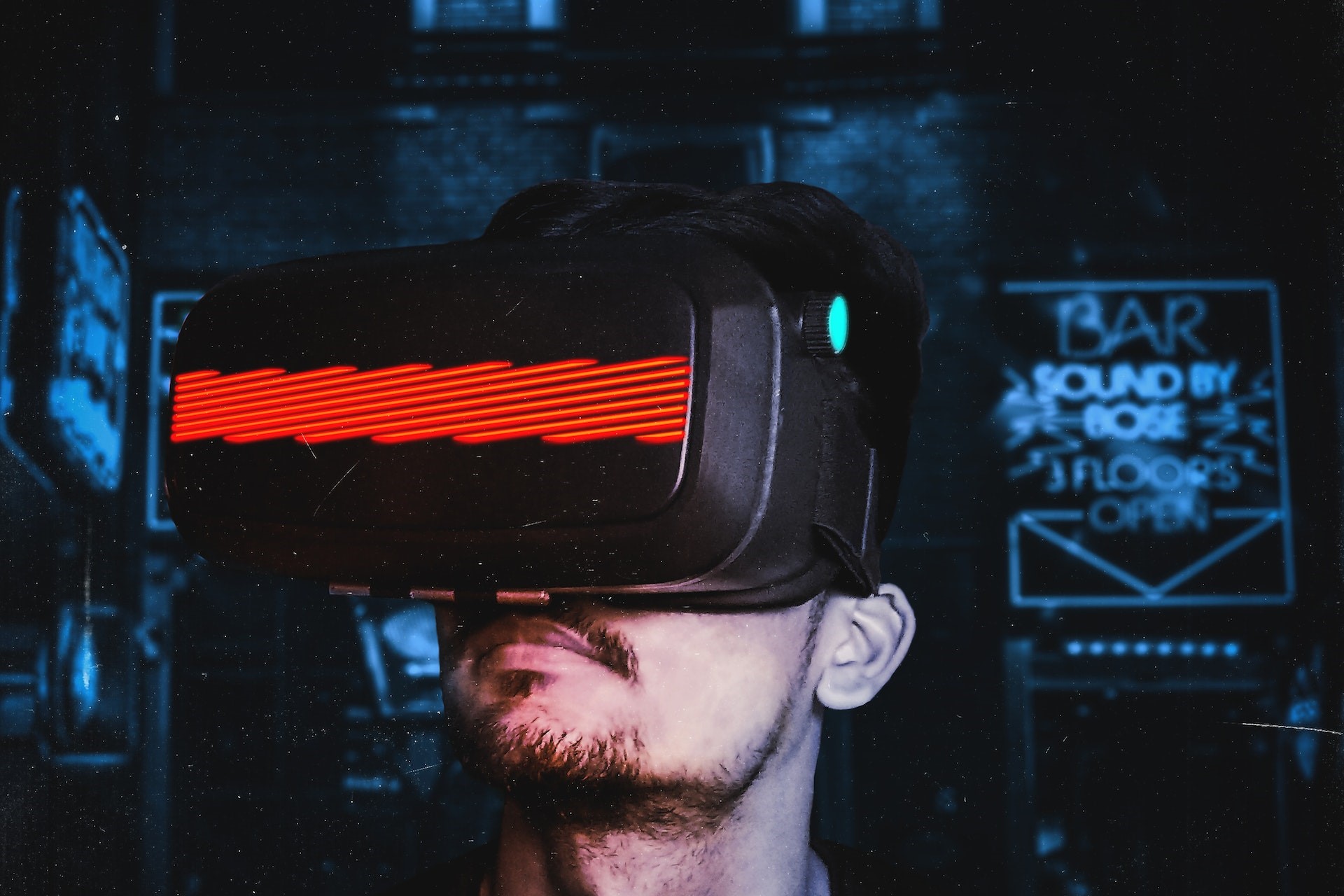Virtual Reality (VR) is an immersive technology that simulates a computer-generated environment, allowing users to interact with a virtual world as if it were real. The experience is created by wearing a VR headset, which uses various components such as motion sensors, lenses, and audio components to create a realistic and immersive environment.
In this article, we will explore the technology behind VR headsets, including the components used and how they work together to create an immersive experience.
Components of a VR headset
The basic components of a VR headset include a display screen, lenses, motion sensors, and audio components. Let’s take a closer look at each of these components.
Display screen
The display screen is one of the most critical components of a VR headset. The screen is typically divided into two sections, one for each eye, and is positioned very close to the user’s eyes. This close proximity allows the user to perceive the virtual environment in 3D.
The quality of the display is essential in creating a realistic virtual environment. Many modern VR headsets use OLED (Organic Light Emitting Diode) displays, which provide high contrast and fast response times, resulting in a more lifelike experience.
Lenses
Lenses are used to correct for the distortion caused by the curved surface of the display screen. They also help to magnify the display to provide a more immersive experience. The lenses in a VR headset are designed to match the curvature of the eye, ensuring that the virtual environment is displayed correctly.
Motion sensors
Motion sensors are used to track the user’s movements in real-time. This tracking data is used to adjust the display in real-time, creating a seamless and immersive experience. There are two types of motion sensors used in VR headsets: external and internal.
External sensors are typically cameras or other tracking devices that monitor the user’s movements. These sensors are positioned around the room and track the user’s movements in real-time. External sensors are commonly used in high-end VR systems such as the Oculus Rift and HTC Vive.
Internal sensors, on the other hand, are built into the VR headset itself. These sensors use accelerometers and gyroscopes to track the user’s head movements. Internal sensors are commonly used in standalone VR headsets such as the Oculus Quest and PlayStation VR.
Audio components
Audio components are used to create a 3D audio environment that simulates the spatial location of sound sources in the virtual world. High-quality headphones or speakers are used to provide a realistic audio experience, further enhancing the overall immersion.
How VR headsets work
VR headsets work by using a combination of the components discussed above. The display screen, lenses, and motion sensors work together to create a 360-degree view of the virtual environment that matches the user’s movements. The audio components enhance the experience by providing realistic sound effects.
The motion sensors in a VR headset are particularly important in creating a seamless experience. These sensors track the user’s head movements and adjust the display in real-time to match those movements. This creates a feeling of presence, where the user feels like they are actually inside the virtual environment.
The software that powers the VR headset is also critical in creating a realistic and seamless experience. Advanced VR software utilizes sophisticated algorithms and machine learning techniques to create lifelike graphics and realistic interactions with the virtual environment.
Advancements in VR technology
In recent years, advancements in VR technology have made VR headsets more affordable and accessible to a broader audience. Standalone VR headsets such as the Oculus Quest and PlayStation VR have made VR more accessible and have opened up new possibilities for VR applications, from gaming and entertainment to education and training.
One area where VR technology is being used is in the medical field. VR is being used to train medical professionals in a safe and controlled environment. Surgeons can practice complex procedures using VR simulations, reducing the risk of errors during real-life procedures.
Another area where VR is being used is in education. VR simulations are being used to teach students about historical events, science, and art in a more engaging and interactive way. Students can explore virtual environments and interact with objects in ways that were not possible with traditional teaching methods.
VR is also being used in the entertainment industry. VR gaming has become increasingly popular, with many games being specifically designed for VR headsets. VR technology allows gamers to experience games in a way that was not possible before, creating a more immersive and interactive experience.
Conclusion
In conclusion, VR technology has come a long way in recent years, making VR headsets more accessible and affordable to a broader audience. The components in a VR headset work together to create a realistic and immersive virtual environment that tracks the user’s movements in real-time. The advancements in VR technology have also opened up new possibilities in the medical, education, and entertainment industries.
As VR technology continues to improve, we can expect to see even more innovative uses for VR in various fields. VR has the potential to revolutionize the way we interact with technology and the world around us.








No Comment! Be the first one.